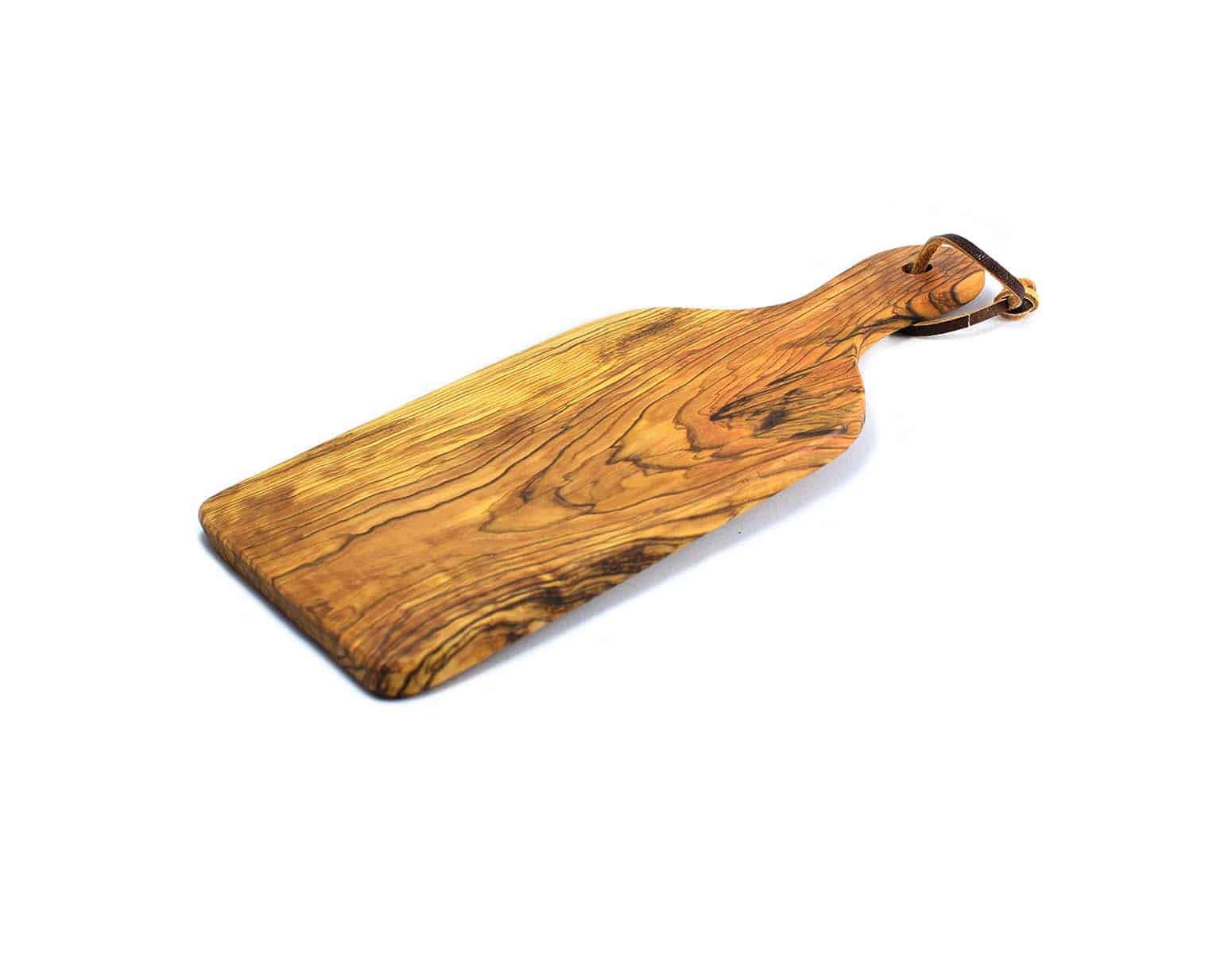Olivewood with its dark, rich structure and striking comparison of light and darkness grain patterns is a prominent selection for cooking area devices, bowls as well as veneers. It's an incredibly thick, difficult timber, making it odor and also tarnish immune - and an important feature in any kind of functioning kitchen area tool. The very first point you want to consider is that the wood is not a soft timber like yearn. While both have their very own advantages in relation to functioning problems, both are much more difficult and will certainly require a great deal more maintenance than soft timbers. Olivewood as an example calls for a high grade oil coating to secure it from the elements as well as to safeguard its surface and grain pattern from wetness. Some producers even recommend applying water repellent paint to secure it from water damages.
Because it is such a dense and also hefty timber, it is advised that you have a minimum of 8 square feet of area in which to work with it. If you do not have sufficient room to use a veneer, you can likewise purchase an olive wood plinth that is 4 or 5 inches deep so you can still utilize your work space.
To complete off your work on your olive timber veneer, seal it with a coat of oil as well as tarnish. Some individuals pick to layer the veneer with a safety varnish or oil surface to aid it last longer in the kitchen area, but don't go crazy.
After you seal the veneer surface, you can after that sand it to eliminate any of the harsh spots you may locate on it. You can utilize a rugged sandpaper to rub out the rough places to give your veneer surface area the look of a smooth and mirror like surface. The final step in the fining sand process is to provide the veneer of an alpha varnish.
One great thing about this sort of timber is that it is relatively easy to clean. All you require is a moist fabric and also a light soap. Any type of type pen blanks of cleaning agent need to be great. You can even use a mix of dishwashing soap and water if you wish to maintain your cooking area tidy, but it will help to maintain the oil and also wax from the coating from seeping in.
One of the largest problems people have with this wood is that it often tends to warp under particular cooking problems. Some professionals claim that it functions well for some applications, however, for a lot of use, they discover it needs added defense to prevent it from deforming under warmth. A good general rule is to use it outdoors during the summer season as well as inside your home throughout the winter season to avoid warping. If you are using it in the oven, it might be best to leave it out to dry out a little longer or at least let it sit out to a couple of hrs prior to using it.
Some people state that olive wood veneer has the propensity to warp slightly in time, however this is rather typical with nearly any type of timber. A good general rule is to stay clear of warping where the grain runs parallel to the side of the timber. If this takes place, you can apply a bit a lot more stress to the wood so it does not warp as much. This will allow you to get the most effective results with your job for a long period of time.
It's a very dense, difficult timber, making it smell and stain resistant - as well as an essential attribute in any kind of functioning kitchen device. The first point you want to consider is that the wood is not a soft timber like ache. If you do not have adequate area to utilize a veneer, you can also get an olive wood plinth that is four or 5 inches deep so you can still use your work area.

To complete off your work on your olive timber veneer, seal it with a coat of oil and discolor. Some people claim that olive wood veneer has the tendency to warp slightly over time, yet this is pretty typical with nearly any type of type of timber.